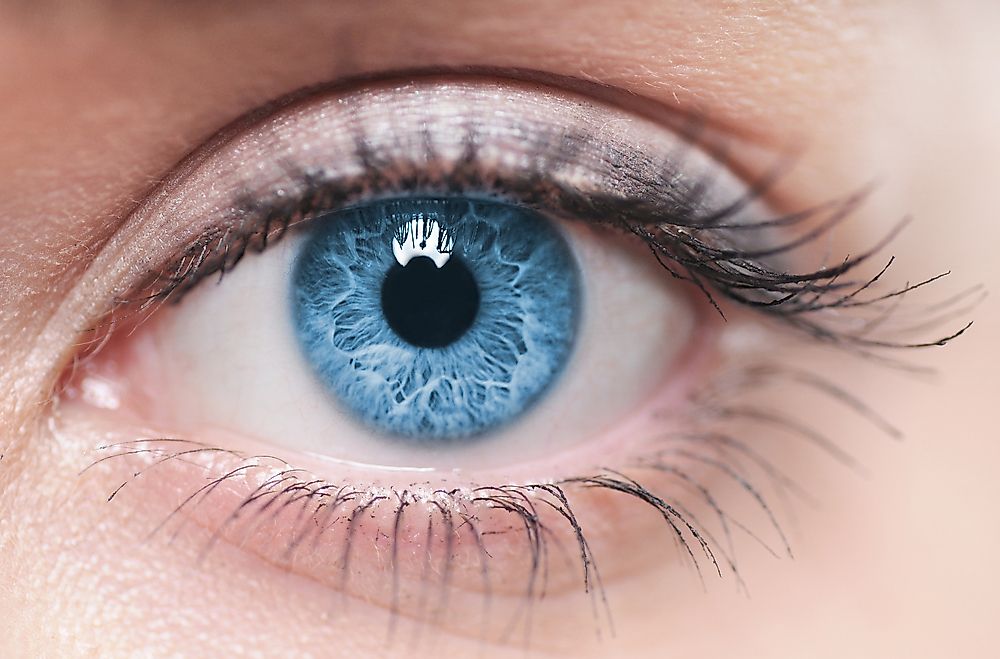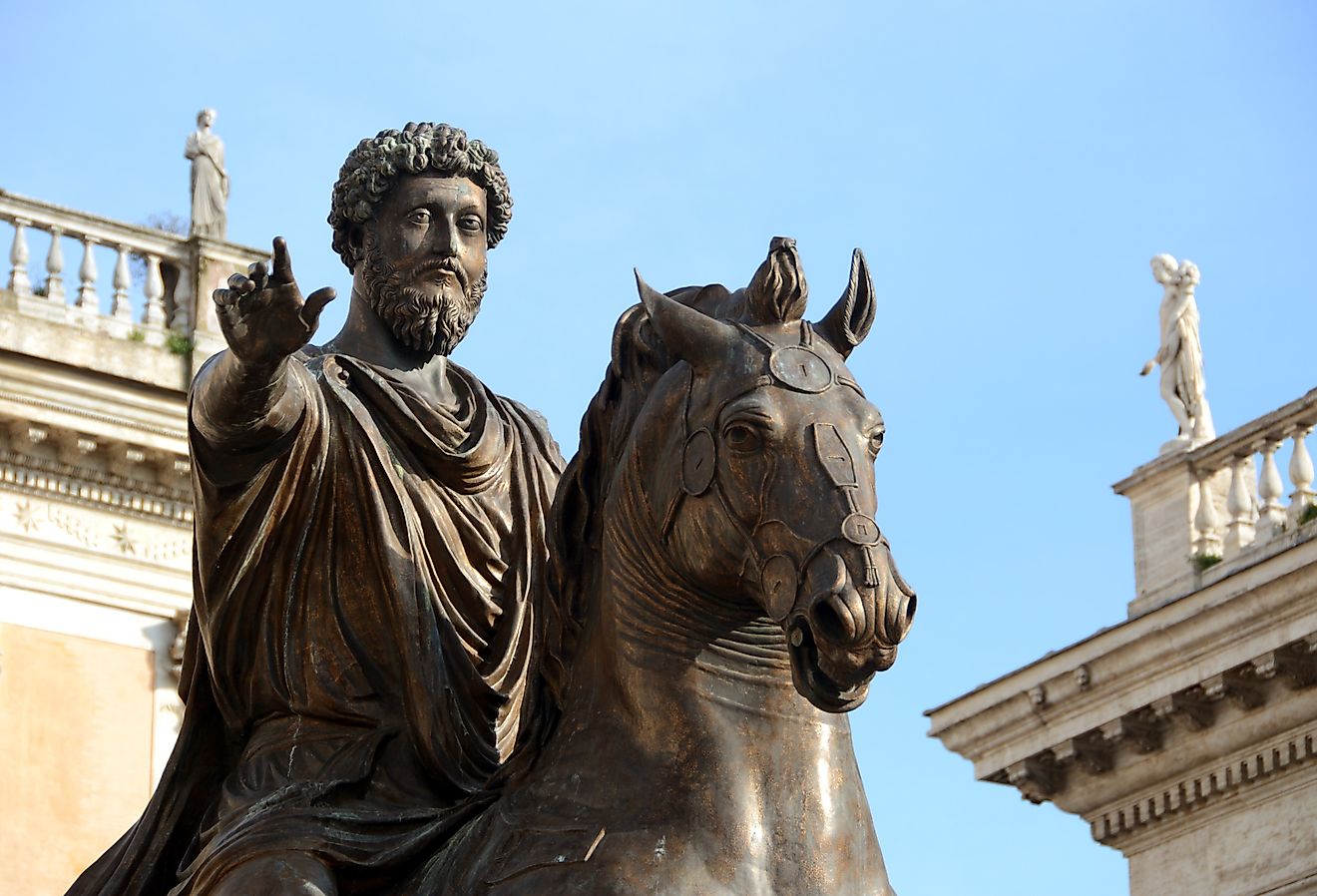What Is The Ethnic Composition Of Guinea-Bissau?

Guinea-Bissau is a country found in the western part of Africa and spans an area of 13,948 square miles with a population of 1.8 million people. The Portuguese colonized the country, and at the time it was known as Guinea. In 1973 it gained its independence, and a year later in 1974, the name of the country was changed by adding the country's capital city Bissau, to avoid confusion with French Guinea. There are about 27 to 40 different ethnic groups in Guinea Bissau, and according to 2009 census, the Fula or Fulani ethnic group is the largest in the country accounting for 28.5% of the total population.
The Fulani
The Fulani people are the largest ethnic group in Guinea Bissau accounting for about 28.5% of the country's population, and they live mostly in the eastern part of the country, particularly in Bafata and Gabu. The Fulani ethnic group is found across West Africa, the Sahel region of Africa, and other parts of Central and Northern Africa. It is estimated that there are about 38 to 40 million Fulani people in different countries across Northern, Western, and Central Africa. The Fulani people in Guinea-Bissau are estimated to be about 517,560. The Fulani people are traditionally pastoralist although some have led a semi-sedentary life and some have settled or become sedentary farmers. The Fulani people speak the Fulani language, and approximately 90% of them are Muslims.
Balanta
The Balanta ethnic group is the second largest in Guinea-Bissau, representing about 22.5% of the country's population, and they are mainly in the southern part of the country particularly in Catió and Oio. The members of the Balanta ethnic group are also found in the neighboring countries of the Gambia and Senegal. It is believed that the Balanta people migrated to the present-day country of Guinea-Bissau in small groups between the 10th and 14th centuries. According to the oral tradition, they migrated westward from regions where it is believed to be present-day Egypt, Ethiopia, and Sudan to escape famine and wars. In the 19th century, they settled in the present-day Guinea-Bissau and northern part of the present-day Senegal. The Balanta could be subdivided further into three groups which include the Balanta Brassa, Balanta Ganja, and Balanta Kentohe.
Mandinka
The Mandinka ethnic group represent 14.7% of the population of Guinea Bissau, and they are mainly in the northern part of the country. They are also known as Maninka, and it is among the largest ethnic communities in the whole of West Africa. The other largest ethnic groups in the region are the Hausa, Fulani, and the Songhai people. It is estimated that the Mandinka people average about 32 million in different countries around the world. The Mandinka ethnic group is believed to be the descendants of the famous Mali Empire which rose to prominence in the 13th century under the leadership of Sundiata Keita. The Mandinka ethnic group migrated from the Niger River searching for better agricultural land. Presently, the ethnic group is spread across Burkina Faso, Mali, Guinea-Conakry, the Gambia, Sierra Leone, Liberia, Mauritania, Niger, Guinea-Bissau, and Ivory Coast. About 99% of the Mandinka people in Africa are Muslims.
Papel
The Papel ethnic group in Guinea-Bissau account for 9.1% of the country's population. They are also found in Senegal particularly in Casamance region as well as in Guinea. According to the country's estimates in 2012, there were about 150,000 people of Papel ethnic community, and they have been traditionally engaged in agriculture as well as hunting. The contemporary Papel community lives around the city of Bissau in the Biombo region. The Papel people speak the Papel language, and it belongs to the Niger-Congo language family. Linguistically they are closely related the Manjacas or Manjacos and the Makanges.
Manjaco
Manjaco ethnic group account for 8.3% of the population of Guinea Bissau, and they speak the Manjak language, which is classified as one of the Bak languages belonging to the Niger-Congo language family. Manjaco ethnic group live in the northwestern part of Guinea-Bissau and others are found in the neighboring country of the Gambia and Senegal while others or in the diasporas. It is estimated that there are about 232,000 people of on Manjaco ethnic group in the country. Traditionally, they have been farmers and currently the practice subsistence farming. Their traditional religion centers around the spirits and ancestors worship.
Beafada
The Beafada ethnic group account for about 3.5% of the total population in Guinea-Bissau, and they are also found in the neighboring countries of the Gambia and Senegal, and they are also considered part of the Tenda people. They can be divided into four different sub-ethnic groups with different dialects. They speak the Biafada language, which belongs to the Niger-Congo language families. Traditionally, the Beafadas have been farmers, and they still cultivate crops such as rice, cassava, sweet potatoes, melons, corn, tomatoes, and peppers, among others. They also keep livestock such as sheep, goats, and cattle. Most of the Beafada people are followers of Sunni Islam, and some few are Christians mainly of the Catholic faith, and some are followers of the traditional religions of animism who believe that objects have spirits.
Mancanha
The Mancanha ethnic group accounts for 3.1% of the country's population, and they are also known as Mankanya. They are estimated to be about 50,000 people of Mancanha ethnic group in Guinea-Bissau, according to the estimate of 2016. They live mainly in the Baloma region in the northwest part of Bissau. They are also found in the neighboring country of the Gambia and Senegal. The Mankanya people speak Mankanya language, which is one of the Bak languages belonging to the Niger-Congo language family. Mankanya people identify themselves as Uhula or Buhula. It is believed that Mankanya was given to the people by the colonialist who mistook the name of their chief as the name of the community. The language is closely related to mandjak, and it is mutually intelligible, as well as other minority languages like the Jola and Mandinka.
Other Groups in Guinea-Bissau
Other ethnic groups in the country include the Bijagó who are named after the Bijagó archipelago, and they account for 2.15% of the population. The Felupe ethnic group accounts for 1.7% of the population, while Mansonaca accounts for 1.4% of the population. Other ethnic groups like Sosso, Saracole, and Nalu account for less than 1% of the population. Approximately 2.2% of the country's population identify themselves as not belonging to any ethnic group.











